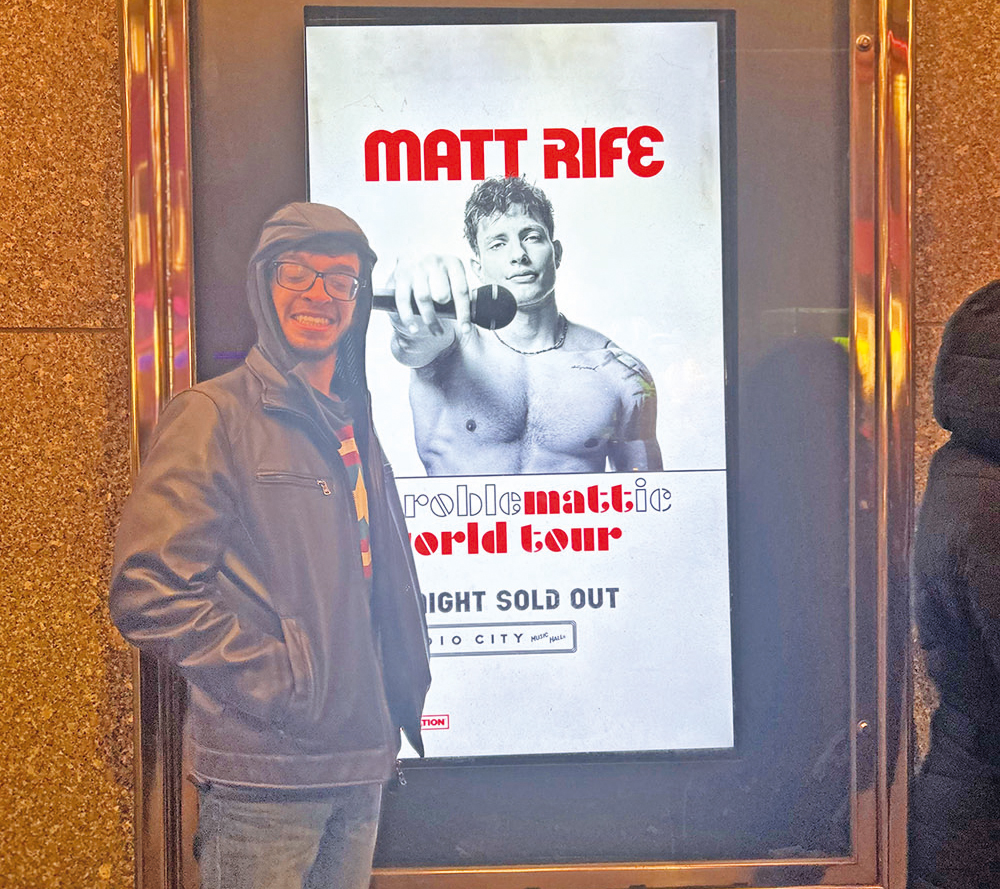Prior to the 2008 financial crisis the term “risky” was rarely associated with the general municipal bond market. Historically municipal bonds, as a whole second in safety only to US Treasury securities, were looked upon as safe, secure investments. To the media, covering the municipal bond market was about as exciting as watching paint dry. Expert information and advice on municipal bonds was and still is difficult to find. Prior to 2009 very few investors other than High Net Worth individuals were interested or familiar with tax-free municipal bonds…that was about to change drastically and for many investors not in a good way.
By 2008 “AAA” municipal bond insurers, who from the mid 1970s until the early 2000s only insured municipal bonds, had ventured into the Asset Backed Mortgage market. When the Asset Backed Mortgage market disintegrated between 2008/2009 the insurers lost their “AAA” ratings. In late 2008 to early 2009, the insurers lost their gilt-edge ratings, which had to do with Asset Backed Mortgage securities not their insured muni bond portfolios. Ill-informed investors were told by their Jack-of-all-trades financial advisors, non-rated insured muni bonds are “risky” investments. Many misinformed investors listened and sold billions of dollars of so-called “risky” muni bonds. The once boring municipal bond market was becoming a breaking news story.
A nuclear bomb was dropped on the muni bond market during a “60 Minutes” interview in December 2010. Meredith Whitney, an accredited equity analyst, not a municipal bond expert, during her interview on “60 Minutes” made her now “infamous” call…hundreds of billions of dollars of face-value municipal bonds will default over the next 12 months, and as many as 100 major issuers of municipal bonds and many, many smaller issuers will become insolvent. Millions of “60 Minutes” viewers now considered municipal bonds “risky” investments; pandemonium was about to occur in the once serene world of municipal bonds.
Various so-called experts from every financial arena other than municipal bonds jumped on the Meredith Whitney bandwagon. As these so-called experts weighed in with predictions of mass insolvencies, the municipal bond market became front-page news and misinformed TV commentators thought they had an enormous breaking news story. As a result of amazing ignorance, for the first time in history “risky” became associated with the entire municipal bond market, not a specific bond.
From December 2010 until around mid-2011, tens of thousands of investors sold their so-called “risky” municipal bond investments. Billions of dollars of municipal bond mutual fund shares and individual muni bonds were liquidated, sometimes at fire-sale prices; panic took hold of the muni bond market.
Knowledgeable municipal bond fund managers were taken by surprise and deeply distraught, but had no choice as muni bond mutual fund share redemptions forced them to sell safe and secure municipal bonds at ridiculous prices to raise cash to meet the billions of dollars of unwarranted redemptions. Only municipal bond specialists understood how insane the muni market had become. Specialist firms bought as many of the so-called “risky” muni bonds as their astute sophisticated clients could handle. While poorly informed investors lost millions, well-informed investors took advantage of the once-in-a-lifetime occurrence and locked in extremely high tax-free returns.
When major brokerage firms in early 2011 delivered the message of a “Municipal Bond Market Meltdown,” the word “risky” obtusely became associated with all municipal bonds. In 2011 a lack of knowledge and understanding needlessly cost tens of thousands of investors hundreds of millions of dollars. Needless to say the meltdown never occurred. Did the ill-informed learn a lesson?
Over the past two years, for various reasons, munis have had a difficult time regaining their pre-2008 financial crisis elite status. As a whole municipal bonds remain second in safety only to US Treasury securities. For the past 40 years “BBB”-rated General Obligation and Essential Service municipal bonds have had a better record of safety than “AAA”-rated corporate bonds, yet much of the investing public stays away from “BBB” municipal bonds. Why?
Today the term “risky” is still recklessly used to describe many municipal bonds. Erroneous information continues to cause thousands of misinformed investors to miss out on a considerable amount of additional safe and secure tax-free income. 2015 is predicted to be a very good year for the municipal bond market; unfortunately the stigma of the 2010/2011 debacle still lingers with many investors who received bad advice.
Many financial advisors and pundits that do not specialize or fully understand municipal bonds incorrectly use the term “risky” when referring to lower-rated muni bonds. To most investors the term “risky” translates to an unsafe, unsecure, dangerous, or unsound investment. Prior to the 2008 financial crisis the term “risky” was rarely if ever associated with the general municipal bond market. For informed aggressive High Net Worth municipal bond investors and Muni Bond Fund Portfolio Managers, lower-rated and select non-rated “risky” muni bonds are the most sought after fixed-income investments. A select High Yield or aggressive segment of a conservative municipal bond portfolio can produce 20% to 30% more annual tax-free income with the potential for capital gains.
In 2014 lower-rated and select non-rated municipal bonds earned over 13% and are expected to outperform the market again in 2015. With interest rates expected to remain at generational lows many investors are extending maturities or going down the credit curve. Well-informed High Net Worth aggressive investors and Muni Bond Portfolio Managers are selectively doing both.
When the astute investor focuses on understanding the risks associated with high-yield munis they become aware of the value these “risky” investments represent and will realize the risk, in most cases, is moderate. The majority of risk is volatility and the possibility of a rating downgrade…not default. Quality research is a must in identifying the associated risks.
As state and local governments continue to improve financial profiles, their ability to repay debt is bolstered. Municipal defaults, which are very rare, are on pace to fall for the fourth straight year. The majority of municipal bond defaults involve non-rated, non-essential-service startup revenue project bonds to which the public is generally not exposed. In 2015 high-yield municipal bonds will continue to be among the most sought after fixed-income investments as informed aggressive investors, who can withstand occasional volatility, and muni-bond portfolio managers seek to advantageously add to their High Yield tax-free municipal bond holdings. For High Net Worth investors who wish to learn more about lower-rated municipal bonds, GMS has two interesting and informative booklets that can aid in understanding lower-rated muni bonds: “A History of Capital Preservation and Tax Exempt Income” and “How Safe are Municipal Bonds?” Put a municipal bond specialist to work for you… informed investors earn higher yields.
Mark (Solomon) Bitton is a veteran bond broker and Vice President at the GMS Group. He lives in Englewood with his wife and children. He can be reached at 201-748-4630 or via email at: [email protected].
By Mark S. Bitton













